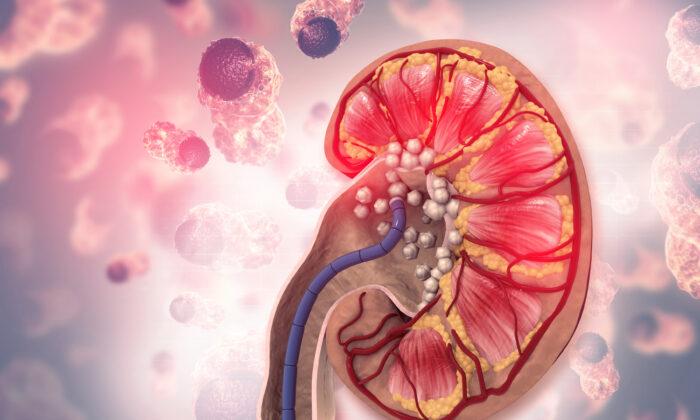A Severe Blow to the Heart Can Be Fatal
The heart is protected in the chest cavity by the ribs, and it beats every second to provide blood and oxygen to the whole body. However, blunt trauma to the vulnerable spot of the heart (above or near the heart) can cause commotio cordis and result in atrial fibrillation or ventricular tachycardia, making the heart will stop beating. Although it is rare, it is a main cause of sudden death in young athletes, among other factors.Commotio cordis can lead to malignant arrhythmias. Liu Chungpin, a cardiologist and the director of Yupin Clinic in Taiwan, explained that there is a relatively vulnerable period in the middle of each cardiac cycle; if the heart is hit during this period, it may lead to malignant arrhythmia, resulting in cardiac arrest.
Types of Trauma
Getting hit with elbows, direct and perpendicular hits, and relatively small and hard balls such as baseballs, softballs, and hockey pucks can induce commotio cordis.Hit Angle and Speed
Liu said that malignant arrhythmia is most likely to occur when a blunt object hits the heart perpendicularly in a range about the size of a fist; if it hits the side or away from the heart, it is less likely to occur. It is also less likely to happen if the ball speed is slow; if the ball speed is too fast, it may cause cardiac rupture. Commotio cordis is more likely to happen at a ball speed of about 18 to 37 miles per hour (29 to 60 kilometers per hour).At present, the cumulative cases consist mainly of young males. This is because they are still developing, and have thinner and less developed ribs and musculature.

Is There a ‘Death Spot’ in the Chest?
The NEJM’s study suggests that commotio cordis is related to the Dim Mak, or “death touch,” in ancient Chinese martial arts. So how would a practitioner of traditional Chinese medicine (TCM) view this condition?The purpose of TCM is to save people, so it does not teach the way of hurting people like in martial arts. However, there are indeed many acupoints on the human chest, and these are points of vulnerability that can cause harm.
Dr. Dawei Guo, director of the Fu Yuan Chinese Medicine Clinic in Taiwan, explained that there are acupoints close to the heart around the nipple on the left side of the chest, such as Qihu, Kufang, Wuyi, Yingchuang, Ruzhong, and Rugen. Severe blows to these acupoints may cause chest discomfort and even sudden death. In addition, there are Zhangmen and Qimen points below the ribs, which are very close to the liver. Boxers who are struck in these places can die from hemorrhages in the liver or spleen.
Depending on the characteristics of the acupoints, people may feel soreness, numbness, swelling, heat, and pain when they are touched. Even a burly man will be too sore to raise his hands when one of the acupoints is lightly pressed. TCM practitioners rarely touch these acupoints during acupuncture. If they truly need to perform acupuncture, they usually use short needles, oblique acupuncture, or cupping.
2 First Aid Techniques for Commotio Cordis
The National Athletic Trainers’ Association (NATA) recommends two types of first aid (pdf) for someone with commotio cordis: cardiopulmonary resuscitation (CPR) and automatic external defibrillator (AED) use. The longer the delay, the greater the likelihood of death.Liu added that chest compressions must be administered during the rescue, regardless of whether mouth-to-mouth resuscitation is performed; then, use an AED and call 911 immediately. If first aid is not given, it will be too late by the time the ambulance personnel arrives.
Guo said that there is also acupuncture first aid in traditional Chinese medicine, such as the Renzhong above the lips, the Shixuan on the fingertips, and the Suliao on the tip of the nose. Needling and pressing these acupoints can greatly stimulate the patient, potentially bringing them back to consciousness.

CPR and acupuncture first aid can be performed at the same time. However, Guo stressed that patients must be sent to the hospital to be checked for irregular heartbeats or internal bleeding, even if they are successfully resuscitated.
Patients who have had sudden cardiac arrest require some time to recuperate after receiving medical treatment, and the recovery period can vary. Some people may be discharged from the hospital in a week, and some need to stay in the hospital for a month. In severe cases, the patient needs to be put on extracorporeal membrane oxygenation (ECMO), or they may even enter a vegetative state.





